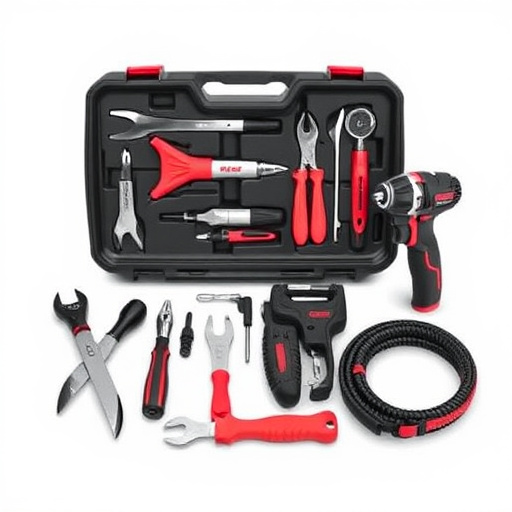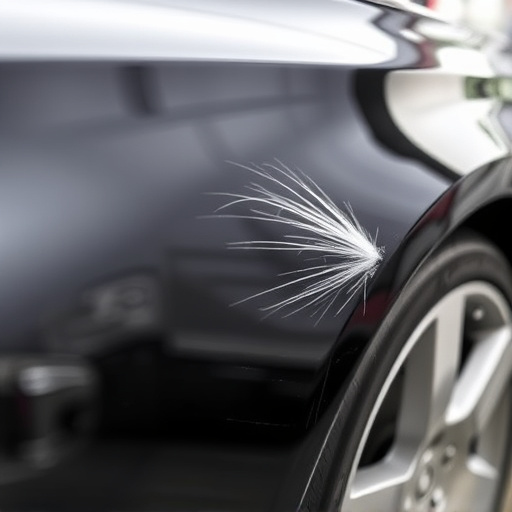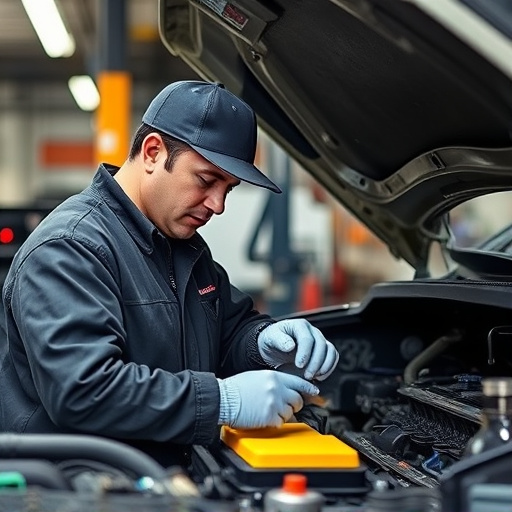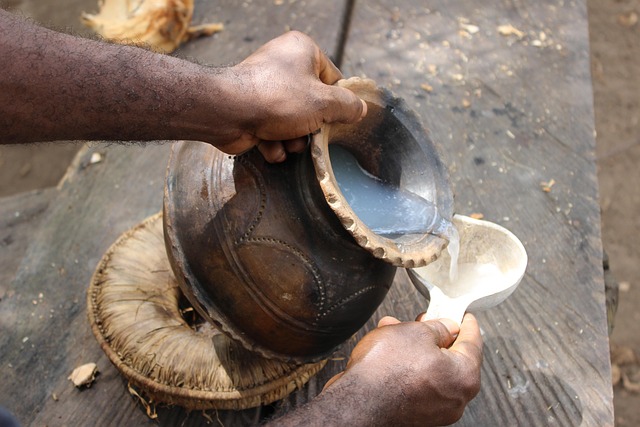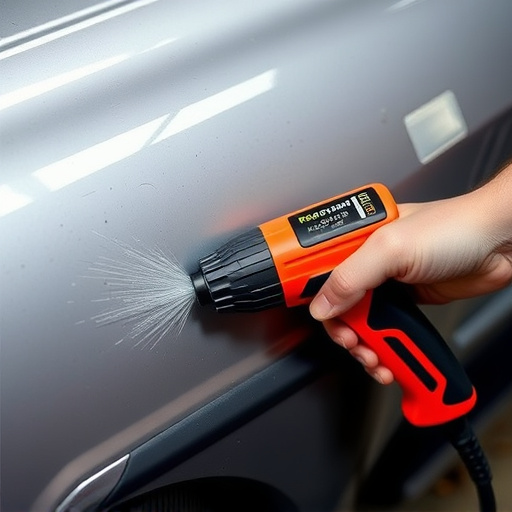Dashboard repair collisions demand meticulous processes and proper documentation for safety and quality. Experts assess damage, document repairs, and maintain standards to meet pre-accident safety criteria. This systematic approach optimizes body shop workflows, enhances insurance claims processing, and fosters client trust in restored vehicles.
In the realm of automotive collision repair, meticulous documentation is a game-changer. This comprehensive guide explores the intricate process of dashboard repair, shedding light on its significance within the industry. We delve into how structured documentation optimizes efficiency, ensuring precise repairs and customer satisfaction.
From understanding the steps involved in dashboard replacement to capturing critical data, effective record-keeping plays a pivotal role in collision repair management. Discover why this aspect is an indispensable tool for professionals navigating the complex landscape of dashboard repair collisions.
- Understanding Dashboard Repair Processes
- The Role of Documentation in Collision Repair
- Enhancing Efficiency Through Effective Documentation
Understanding Dashboard Repair Processes

Dashboard repair collision processes are intricate and multifaceted, involving a series of steps to ensure safety and functionality. Understanding these processes is crucial for anyone involved in vehicle dent repair or car collision repair, as it forms the backbone of auto maintenance practices. Each step is meticulously executed to restore the dashboard to its pre-accident condition, ensuring driver and passenger safety during future trips.
The initial assessment plays a pivotal role, where experts carefully examine the extent of damage from a car collision repair perspective. This includes identifying components that require replacement or significant repairs, such as the dashboard itself, airbag modules, or sensor systems. Proper documentation throughout this phase is vital to track progress and facilitate communication between repair teams, especially when coordinating with insurance companies for claims processing in vehicle dent repair cases.
The Role of Documentation in Collision Repair

In the realm of dashboard repair collision processes, documentation plays a pivotal role. It serves as the backbone of every successful car collision repair, ensuring that every step of the restoration process is meticulously recorded and tracked. From initial assessments to final inspections, detailed documentation guides body shop services through complex repairs, facilitating accurate billing and client satisfaction. Moreover, it acts as a comprehensive reference for future maintenance and serves as a testament to the quality of work completed.
Effective documentation in dashboard repair collision processes enhances communication between technicians, ensuring everyone is aligned with the specific requirements of each car paint service. It also facilitates seamless insurance claims processing, as precise records enable quicker settlements. By prioritizing thorough documentation, body shops can maintain high standards, foster trust with clients, and ultimately, ensure a smoother restoration process for all vehicle types.
Enhancing Efficiency Through Effective Documentation

Effective documentation is a cornerstone in streamlining dashboard repair collision processes within any collision repair shop. By meticulously recording each step of the car restoration process, from initial assessment to final quality check, technicians can ensure consistency and reduce errors. This practice significantly enhances efficiency, as it allows for quick reference during complex repairs, eliminating time-consuming searches through disorganized files or memories.
Moreover, detailed documentation provides a clear audit trail, enabling managers to monitor progress, identify bottlenecks, and make informed decisions. This not only improves overall workflow but also facilitates accurate cost estimation and insurance claim processing. In the fast-paced environment of automotive body work, where precision and timeliness are paramount, efficient documentation becomes a competitive advantage, setting apart top-tier collision repair shops from their peers.
Effective documentation is the linchpin of successful dashboard repair collision processes, enhancing efficiency and ensuring quality outcomes. By meticulously recording each step of the repair journey, from initial assessment to final installation, technicians can streamline workflows, reduce errors, and foster transparency. This, in turn, leads to higher customer satisfaction and builds trust in the collision repair industry. Embracing comprehensive documentation practices is not just a best practice—it’s an imperative for modern dashboard repair services.


